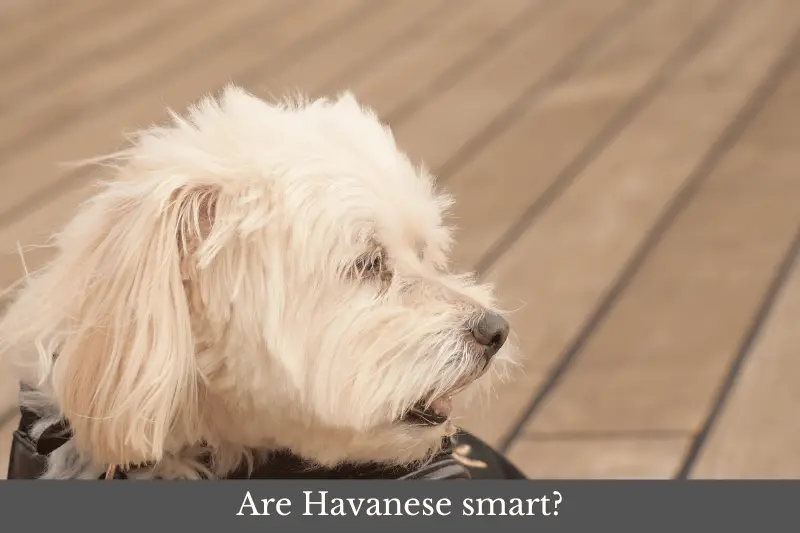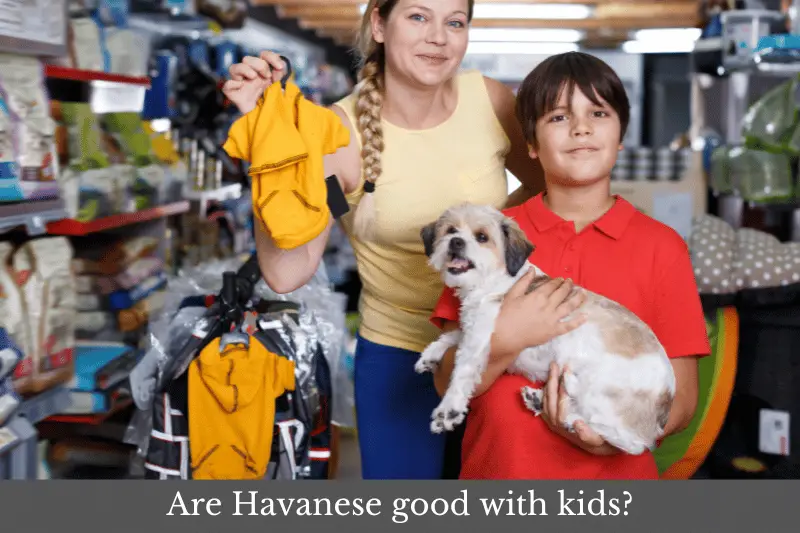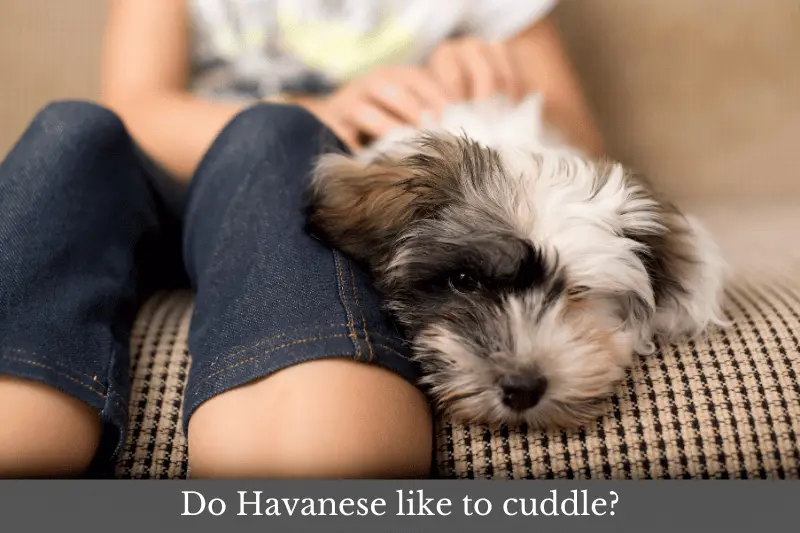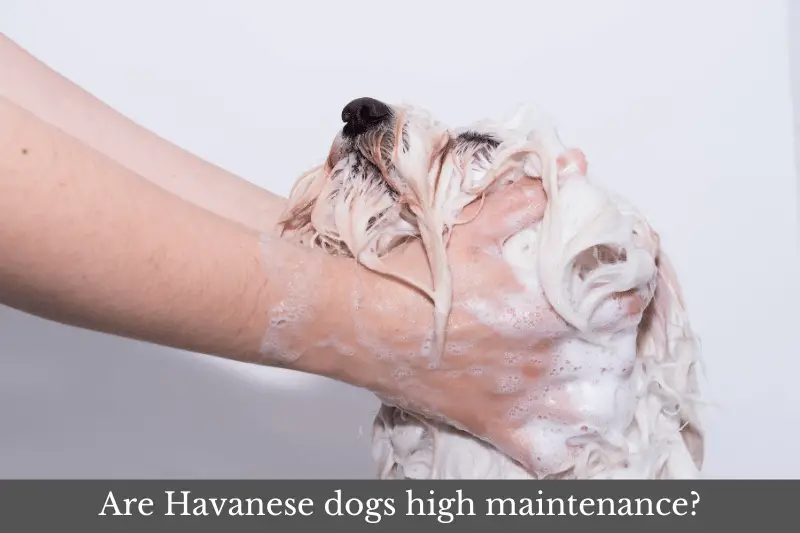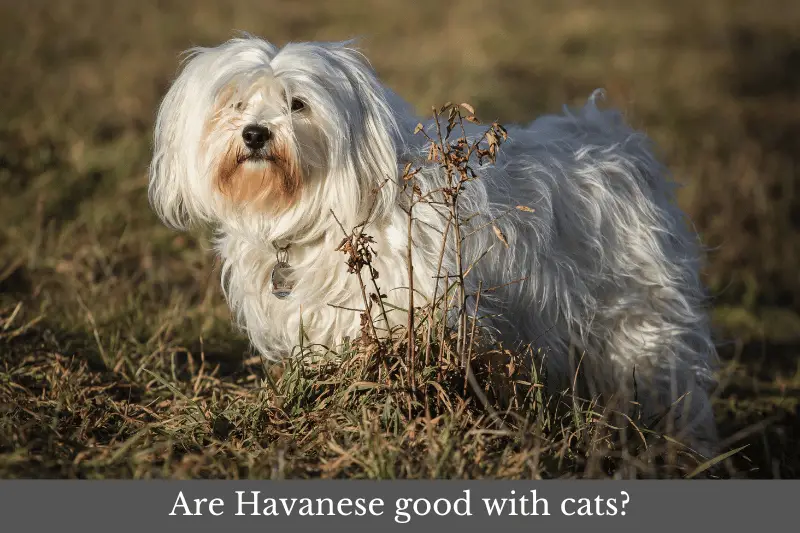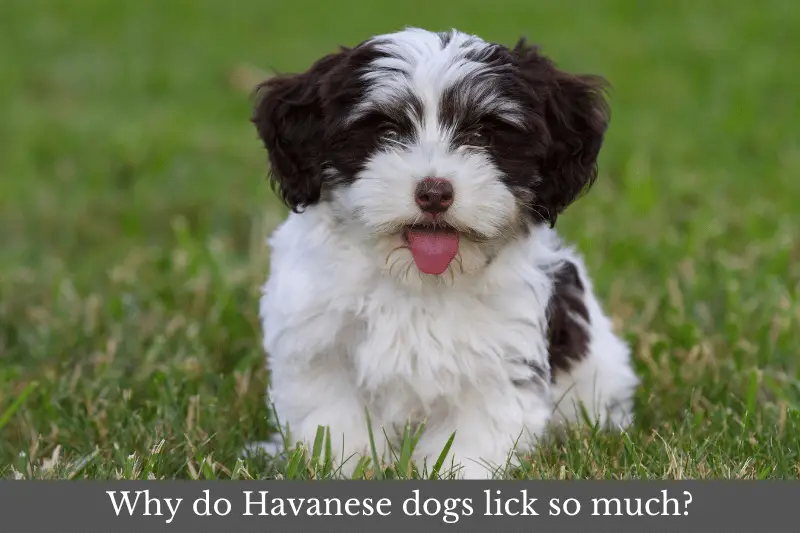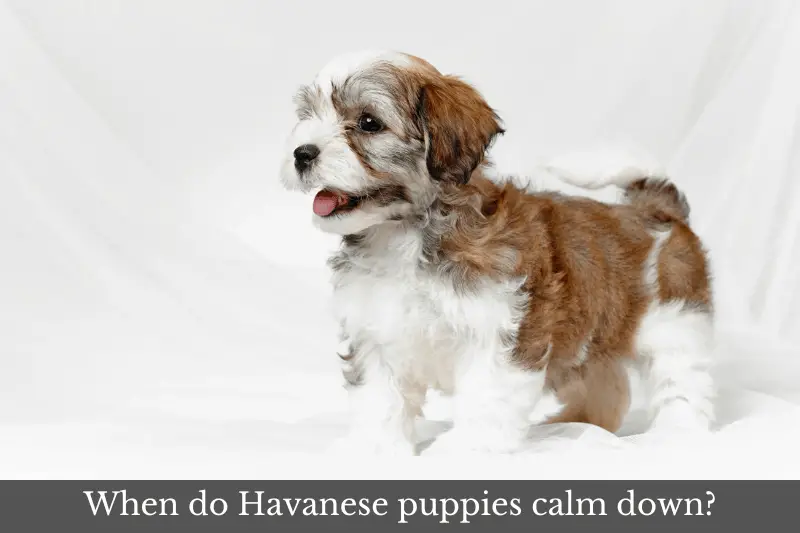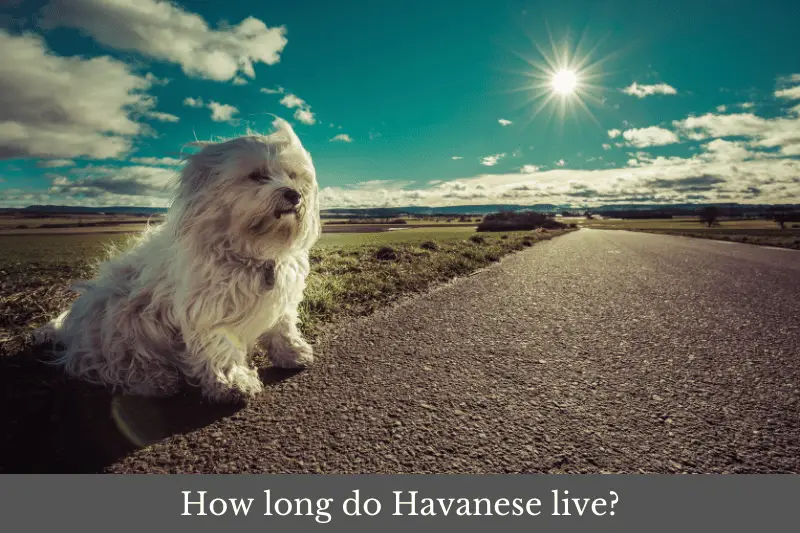Havanese dogs are a popular breed known for their small size, friendly temperament, and unique, silky coat. One of the factors that make them particularly appealing to potential dog owners is their reputation for being a low-shedding breed. Let’s look at the shedding habits of Havanese dogs, the reasons behind their low-shedding nature, the benefits and challenges associated with their coat type, and proper grooming techniques to maintain their coat’s health and appearance.
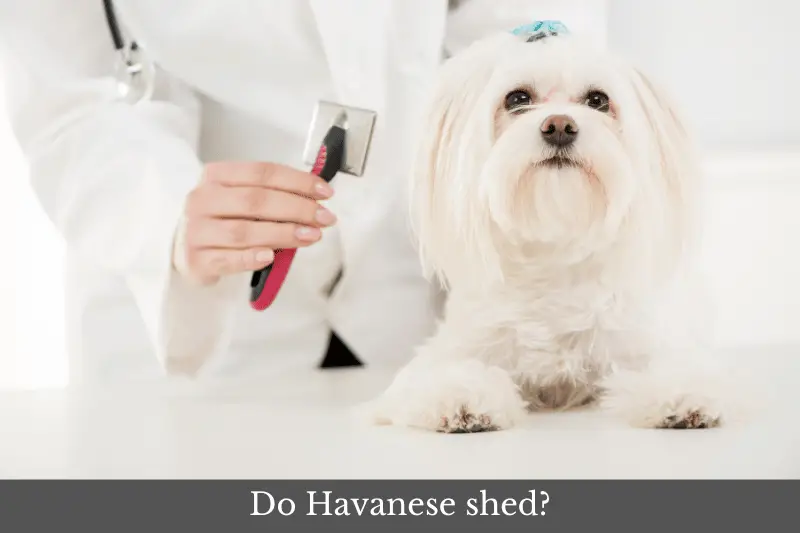
Does the Havanese shed?
While no dog is truly non-shedding, Havanese dogs are considered a low-shedding breed. This means they shed significantly less than many other dog breeds. Their coat consists of hair rather than fur, which contributes to their reduced shedding tendencies. Havanese dogs have a double coat, with a soft, dense undercoat and a longer, silky outer coat. This unique coat texture helps to trap loose hairs, preventing them from falling out and accumulating around the home.
Reasons for low shedding
The Havanese breed’s low-shedding nature can be attributed to a combination of genetic and physical factors. As mentioned earlier, Havanese dogs have hair instead of fur. Hair has a longer growth cycle than fur, which means it takes more time for the hair to fall out and be replaced by new growth. This results in less shedding overall.
Additionally, the texture and structure of the Havanese coat play a role in their reduced shedding. The double coat is designed to trap loose hairs, which may then be removed through regular grooming rather than falling out and creating a mess in your home.
Benefits of low shedding
There are several benefits to owning a low-shedding dog breed like the Havanese. Some of these benefits include:
- Reduced allergens: While no dog breed is truly hypoallergenic, low-shedding breeds like the Havanese may be more suitable for individuals with mild pet allergies. Since they shed less, there is a reduced amount of pet dander and hair in the environment, which can help alleviate allergy symptoms.
- Easier home maintenance: With less hair falling out and accumulating around the home, cleaning and maintenance tasks, such as vacuuming and dusting, may be less time-consuming and demanding for Havanese owners.
- Aesthetic appeal: Many people find the Havanese coat to be particularly attractive due to its silky texture and unique appearance. The low-shedding nature of the breed helps to maintain the coat’s appearance and minimize the presence of loose hairs on clothing and furniture.
Challenges of low shedding
While there are benefits to owning a low-shedding dog breed like the Havanese, there are also some challenges and considerations to keep in mind:
- Grooming requirements: Although Havanese dogs shed less, they still require regular grooming to maintain the health and appearance of their coat. This includes brushing, bathing, trimming, and the potential need for professional grooming services. Neglecting proper grooming can lead to matting, tangling, and other coat-related issues.
- Potential for hair-related health issues: The Havanese breed’s coat type and low-shedding nature may increase their susceptibility to certain hair-related health issues, such as skin irritations, hot spots, and excessive matting. Regular grooming and monitoring of the coat’s condition can help to identify and address these issues early on.
Proper grooming techniques for Havanese dogs
To maintain a healthy, low-shedding coat in Havanese dogs, it is essential to establish a regular grooming routine. Some key grooming tasks include:
- Regular brushing: Brushing your Havanese dog’s coat regularly, ideally daily, will help to remove loose hairs, prevent matting and tangling, and distribute natural oils throughout the coat. Use a slicker brush or a comb specifically designed for long-haired breeds to ensure effective and gentle grooming.
- Bathing: Havanese dogs should be bathed every few weeks or as needed, depending on their activity level and environment. Use a mild, dog-specific shampoo to avoid irritation and drying out their skin. Make sure to thoroughly rinse the shampoo from their coat to prevent residue buildup.
- Trimming and clipping: Depending on your personal preference and your dog’s lifestyle, you may choose to trim their coat to a shorter length or maintain their full-length coat. If you are not comfortable trimming your dog’s coat yourself, consider enlisting the help of a professional groomer. Regularly trim the hair around their eyes, ears, and paws to prevent irritation and ensure good hygiene.
- Nail care: Regularly trim your Havanese dog’s nails to prevent overgrowth and discomfort. If you are not comfortable trimming their nails yourself, a professional groomer or veterinarian can perform this task.
- Dental care: In addition to coat maintenance, Havanese dogs require regular dental care to maintain their overall health. Brush your dog’s teeth several times a week using a dog-specific toothpaste and toothbrush. This can help prevent dental issues, such as plaque buildup, gum disease, and bad breath.
- Regular check-ups: Monitor your Havanese dog’s coat and overall health regularly, looking for any signs of skin irritation, excessive matting, or other issues. Address these concerns promptly to prevent further complications and maintain a healthy coat.
Summary
Havanese dogs are a low-shedding breed with unique hair characteristics that require regular grooming and maintenance. While their reduced shedding offers several benefits, such as a cleaner home environment and potential suitability for individuals with mild pet allergies, there are also challenges and considerations associated with their coat type. Proper grooming techniques, including regular brushing, bathing, trimming, and dental care, are essential for maintaining a healthy, low-shedding coat in Havanese dogs. By dedicating the necessary time and effort to grooming and coat maintenance, Havanese owners can enjoy the benefits of their dog’s attractive and low-shedding coat while minimizing potential health and hygiene issues.

